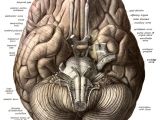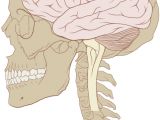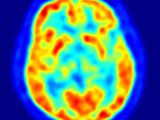The brain is the most complex part of our bodies, and also the most dangerous to mess with since it can lead to serious health and mobility issues, not to mention memory problems, if a hard enough blow is dealt to the head. Or if a surgery goes even the slightest bit wrong.
Unfortunately, such incidents occur, and often enough it doesn't even take an accident or botched surgery to cause problems. Brain disorders can crop up on their own as well, and it happens with alarming frequency.
So far, there hasn't been much success in finding ways to heal the brain. There are drugs to alleviate symptoms and surgeries that can remove tumors and such. But side effects are the norm, assuming the treatment/operation is successful at all.
No wonder that researchers are always looking into new ways to approach the problem. It was inevitable that 3D printing technology would be considered at some point.
3D printed brain tissue has been created
3D bioprinting is a side of 3D printing technology that has experienced great support and development in a relatively short time.
Over the course of just several years, it went from concept to the stage where universities are offering courses in it.
3D printed livers are already being used for drug tests, and there are plenty of stories involving 3D printed bones and joints already.
Brain matter is considerably harder to produce, but a team from the University of Wollongong and ACES labs at St Vincent’s Hospital Melbourne managed to pull it off. Or at least they have come up with a plan to make it happen.
They don't expect to start 3D printing real brains any time soon, but they do believe they can use 3D printed brain tissue as a viable alternative to studying the real thing.
Eventually, they want to reach the point where they can treat schizophrenia and epilepsy, or at least understand why they happen and how. Moreover, all brain disorders should become possible to treat through 3D bioprinted replacements, or ways derived from studying 3D printed replicas of affected areas.
All this builds on the findings of Jeremy Crook, the first person to use human stem cells to model psychiatric diseases in the lab (at the A*Star Institute of Medical Biology in Singapore).
The stages of the research
First will come studies of 3D printed tissue, to hopefully figure out the causes and effects of neurological disorders and diseases. Then there will be many tests on animal subjects, before, years from now, human trials will be authorized. All in all, it seems that ways to restore function to the human brain (functions lost to injury, disease, and even age) could be developed during our lifetime.

 14 DAY TRIAL //
14 DAY TRIAL // 


